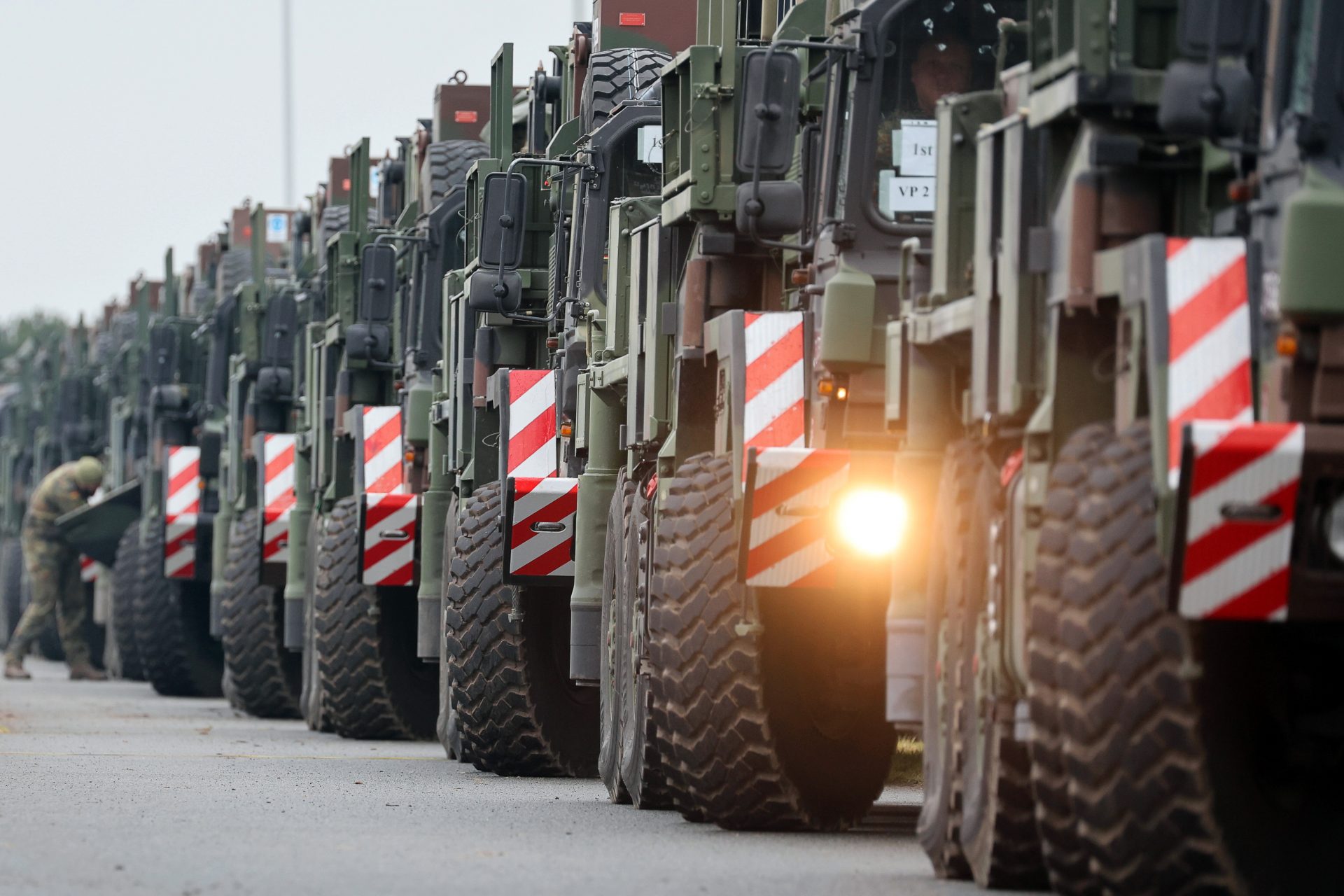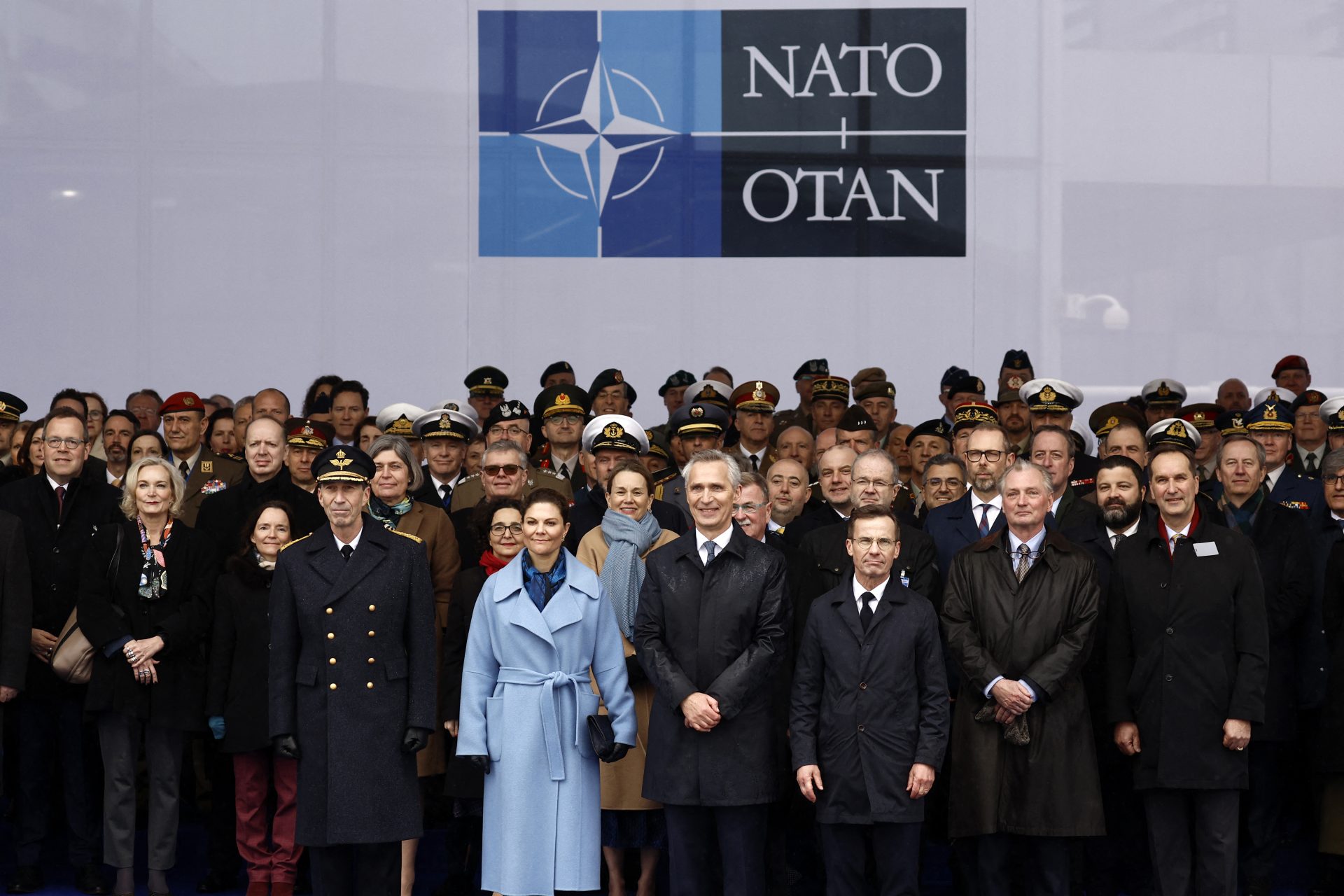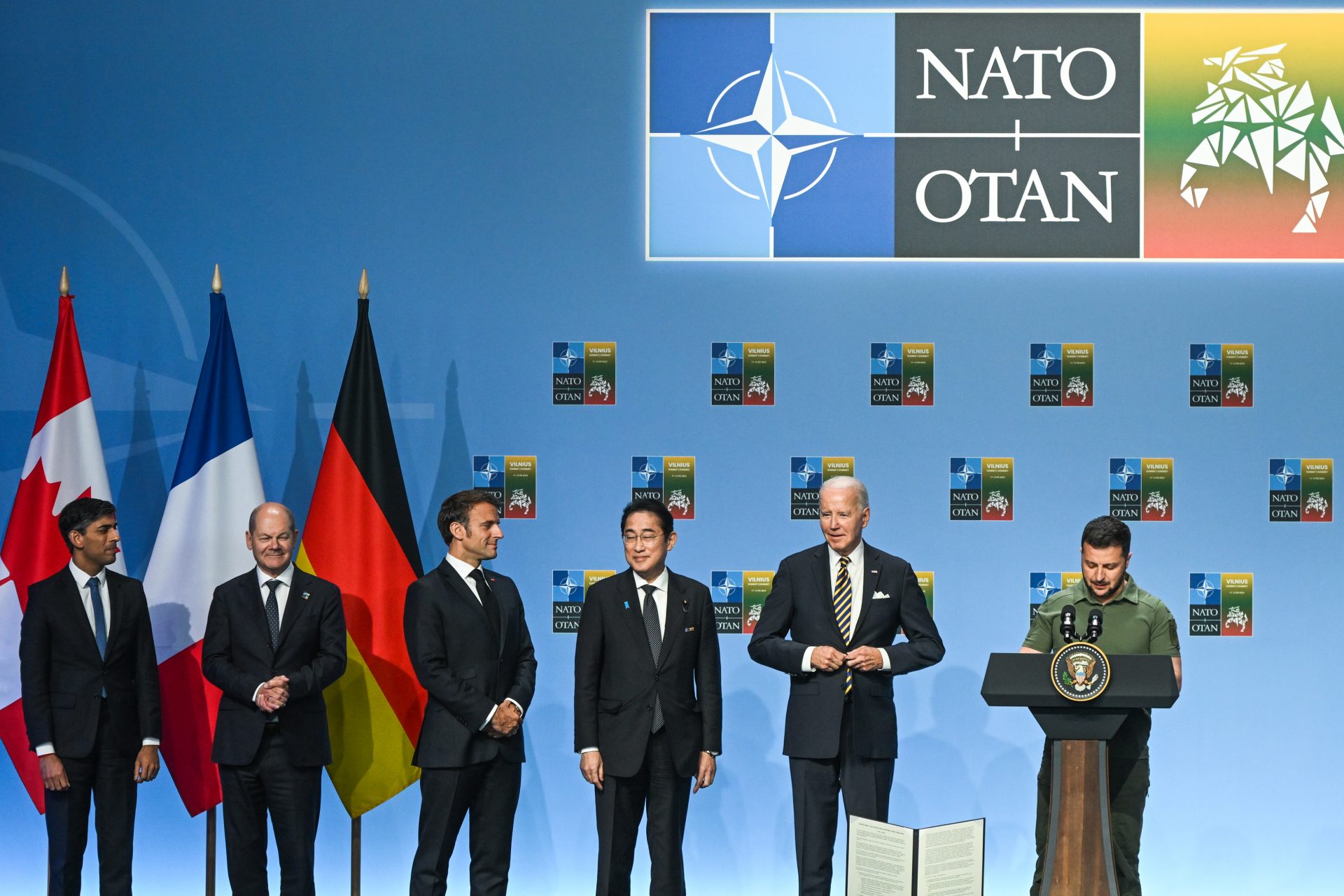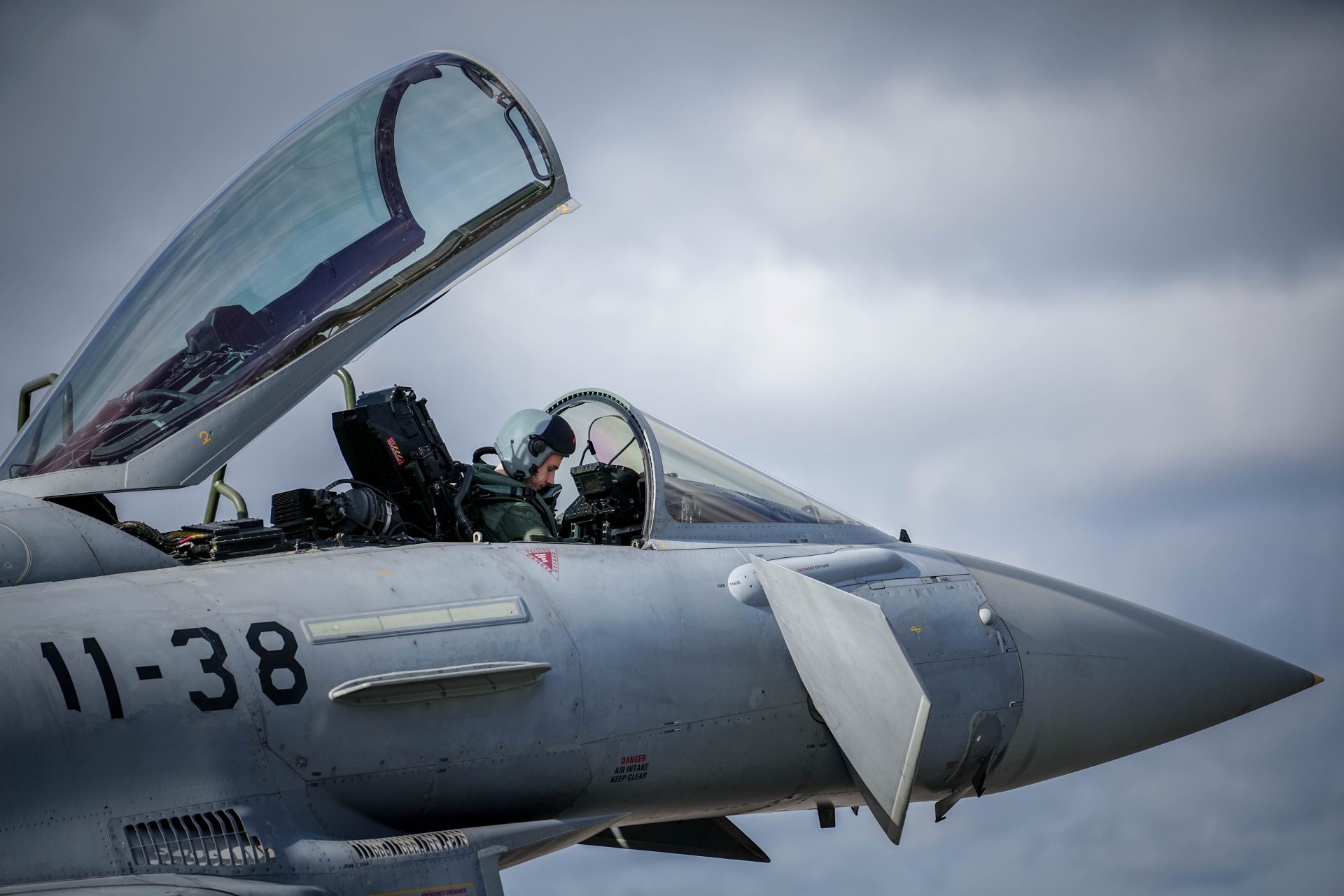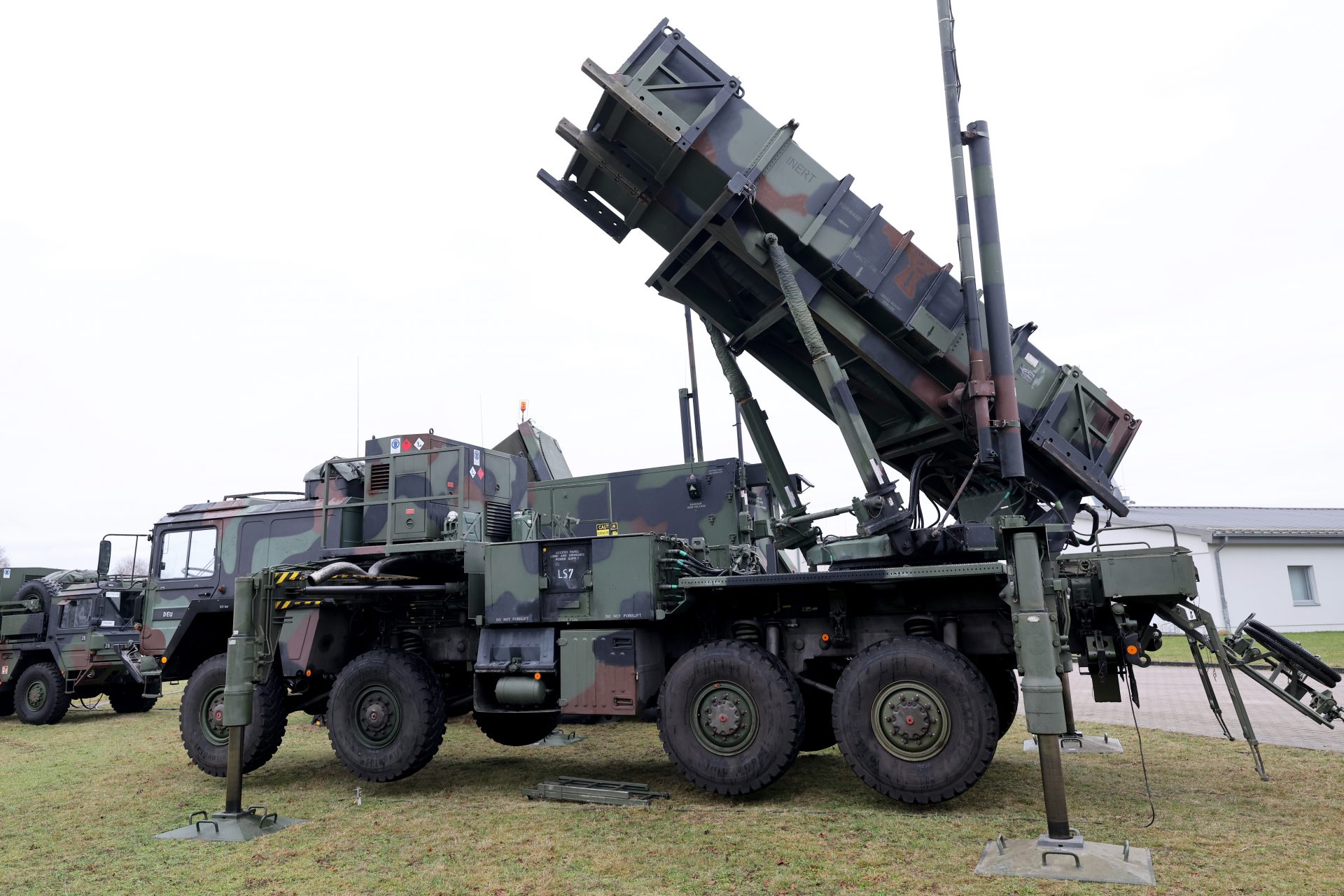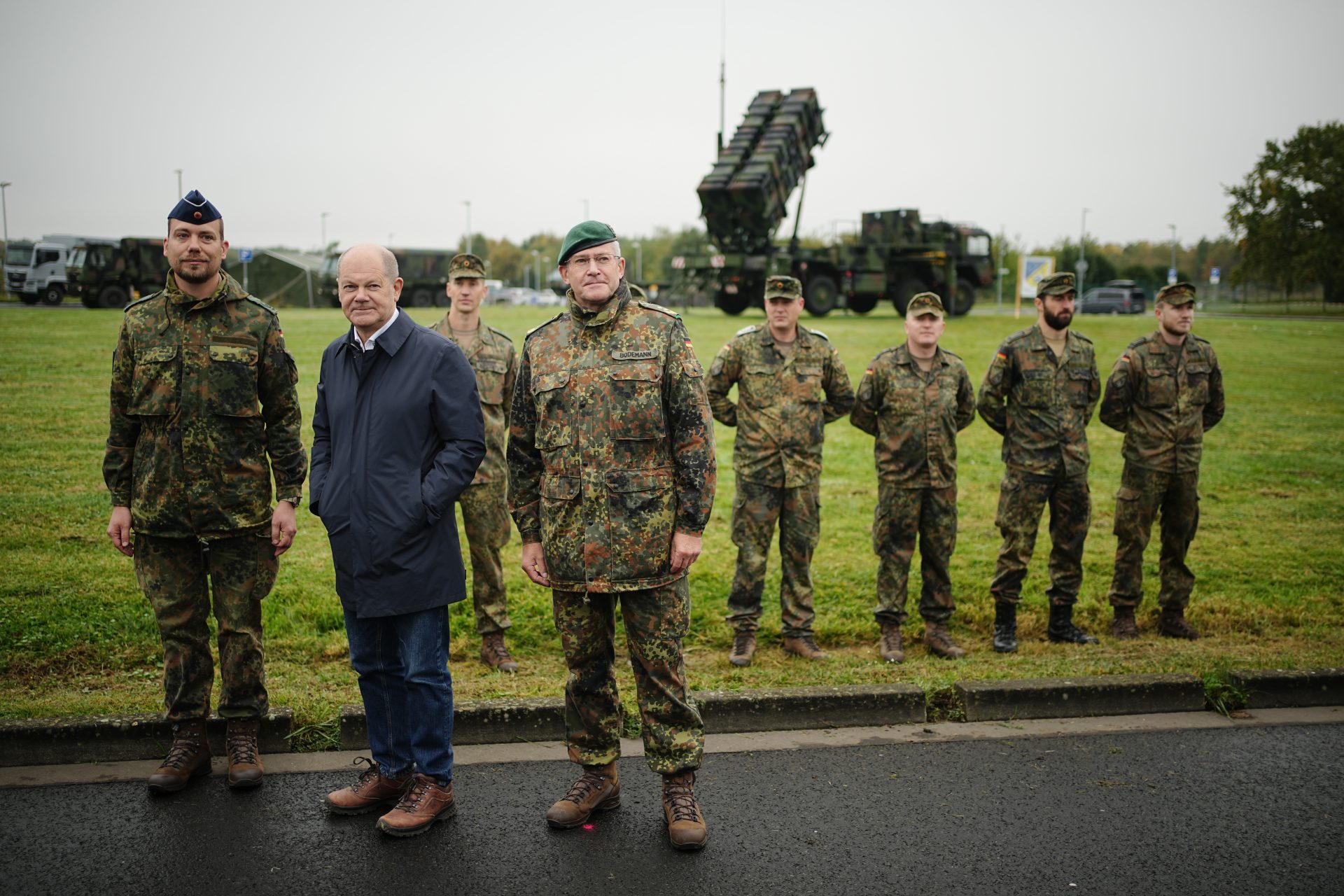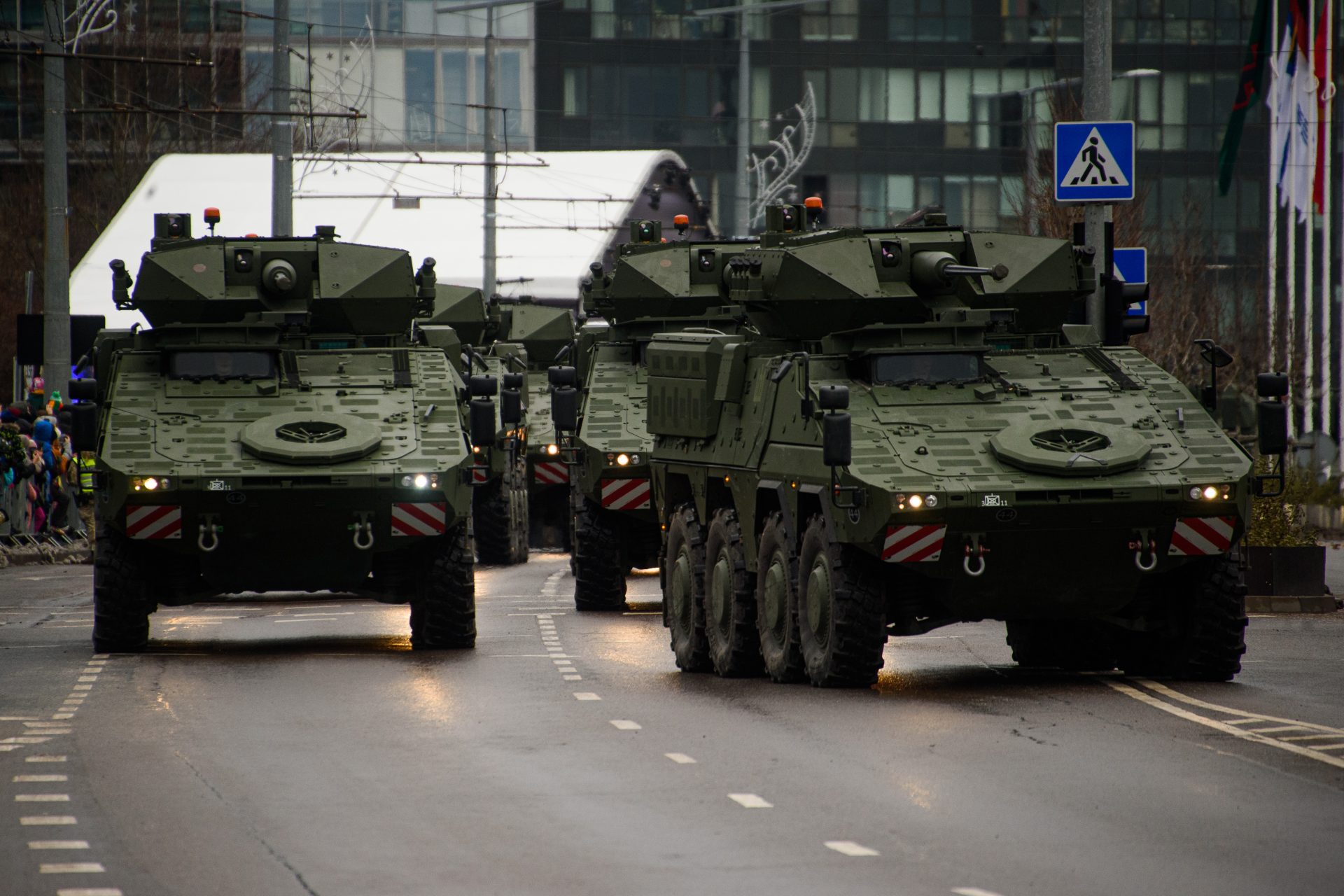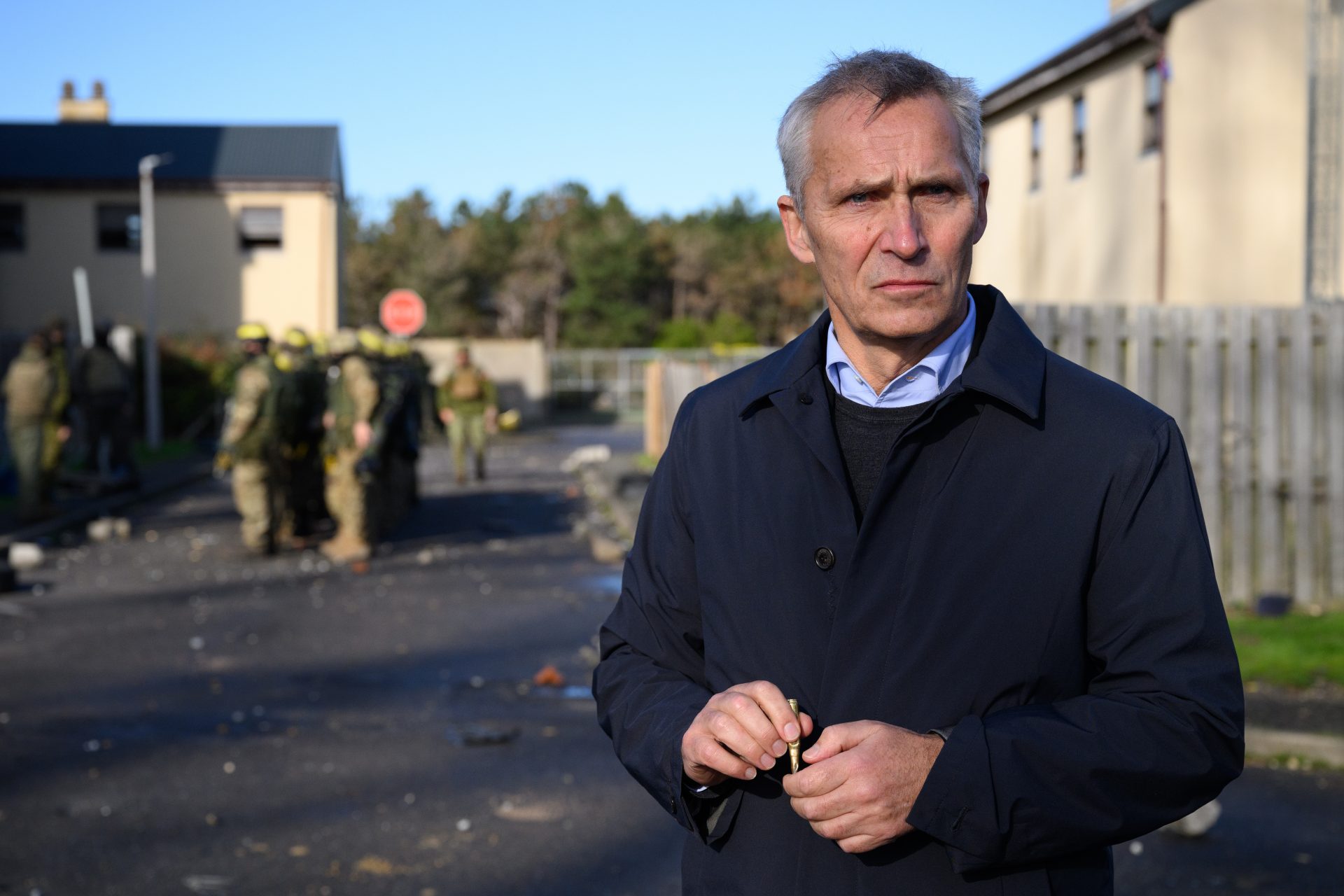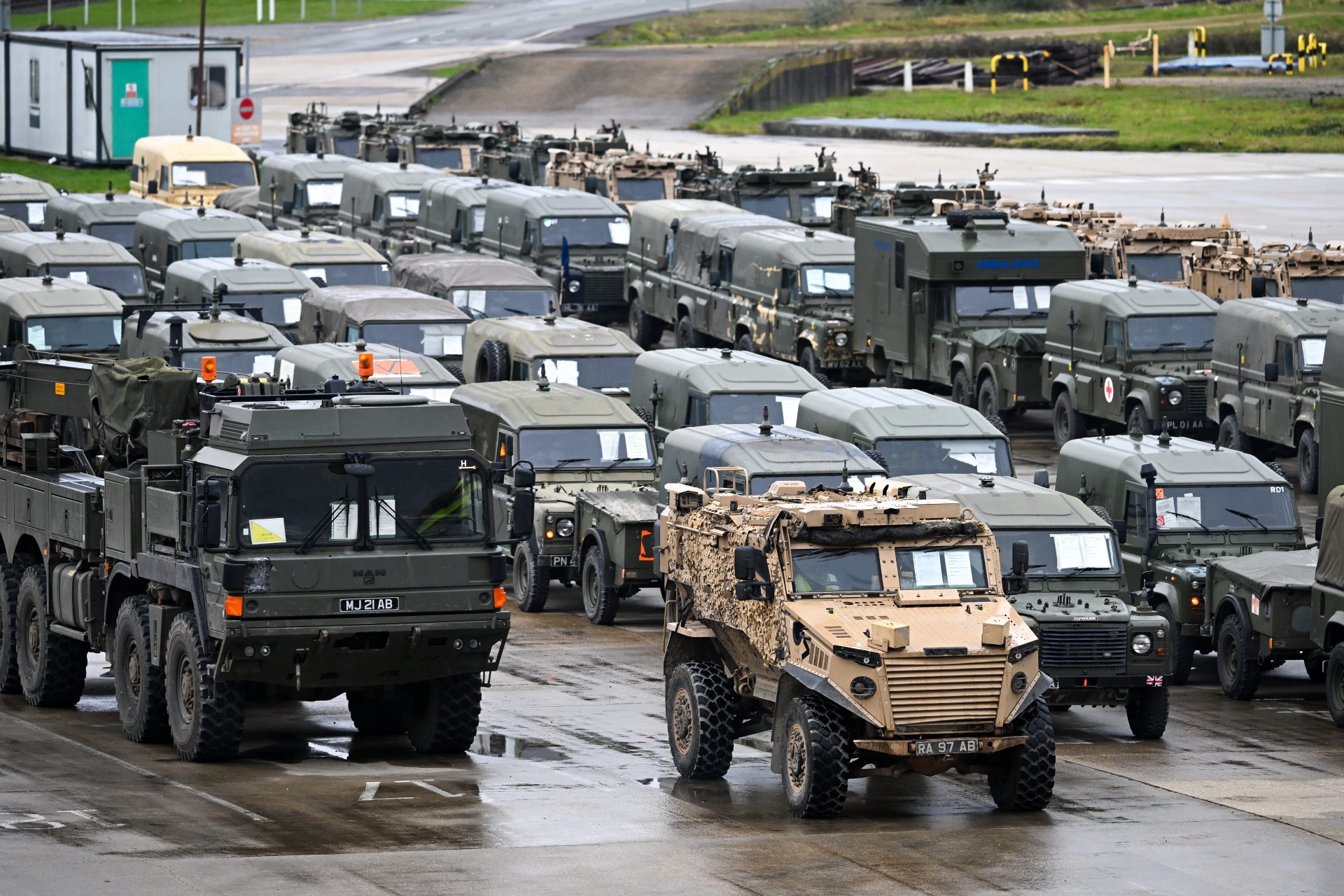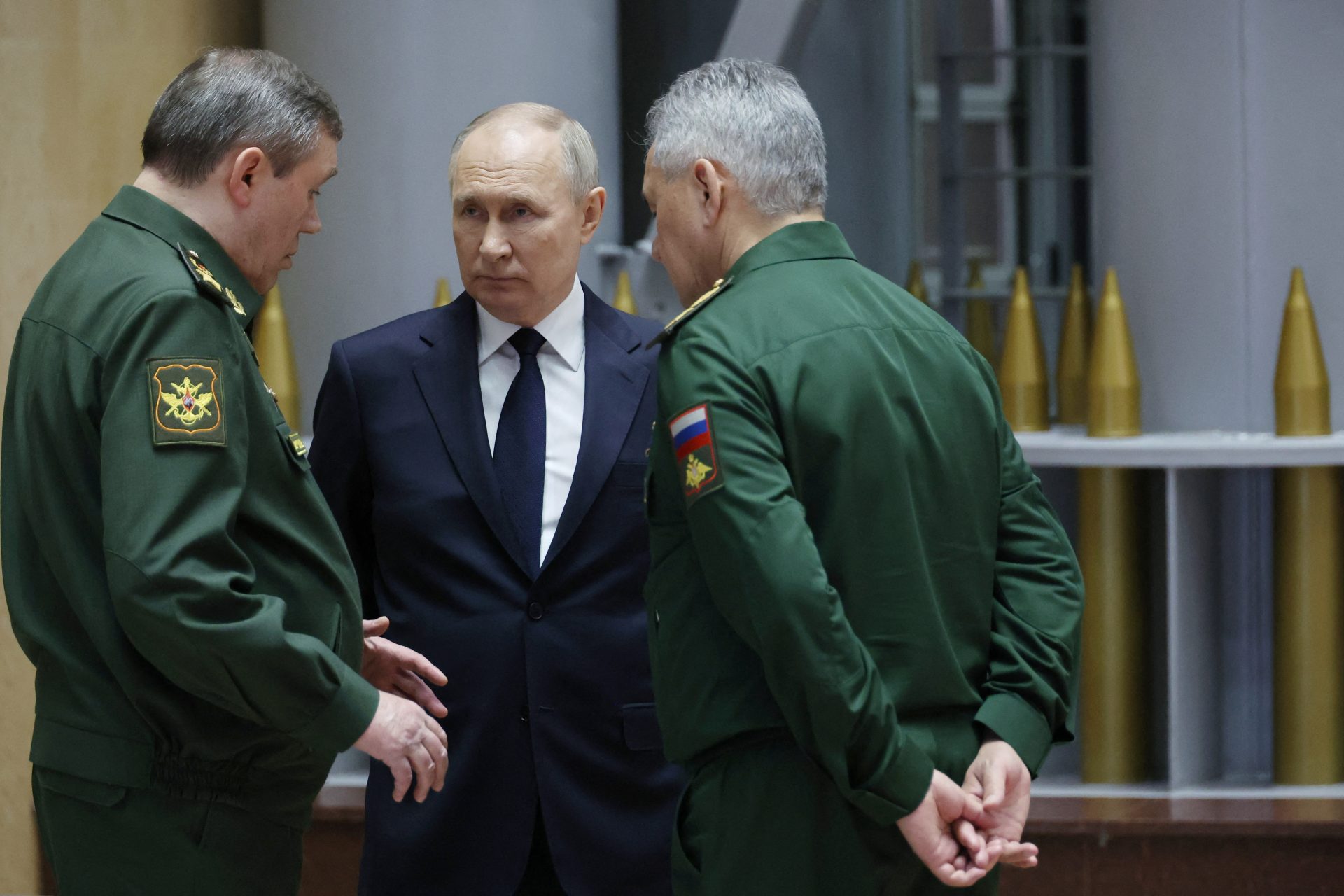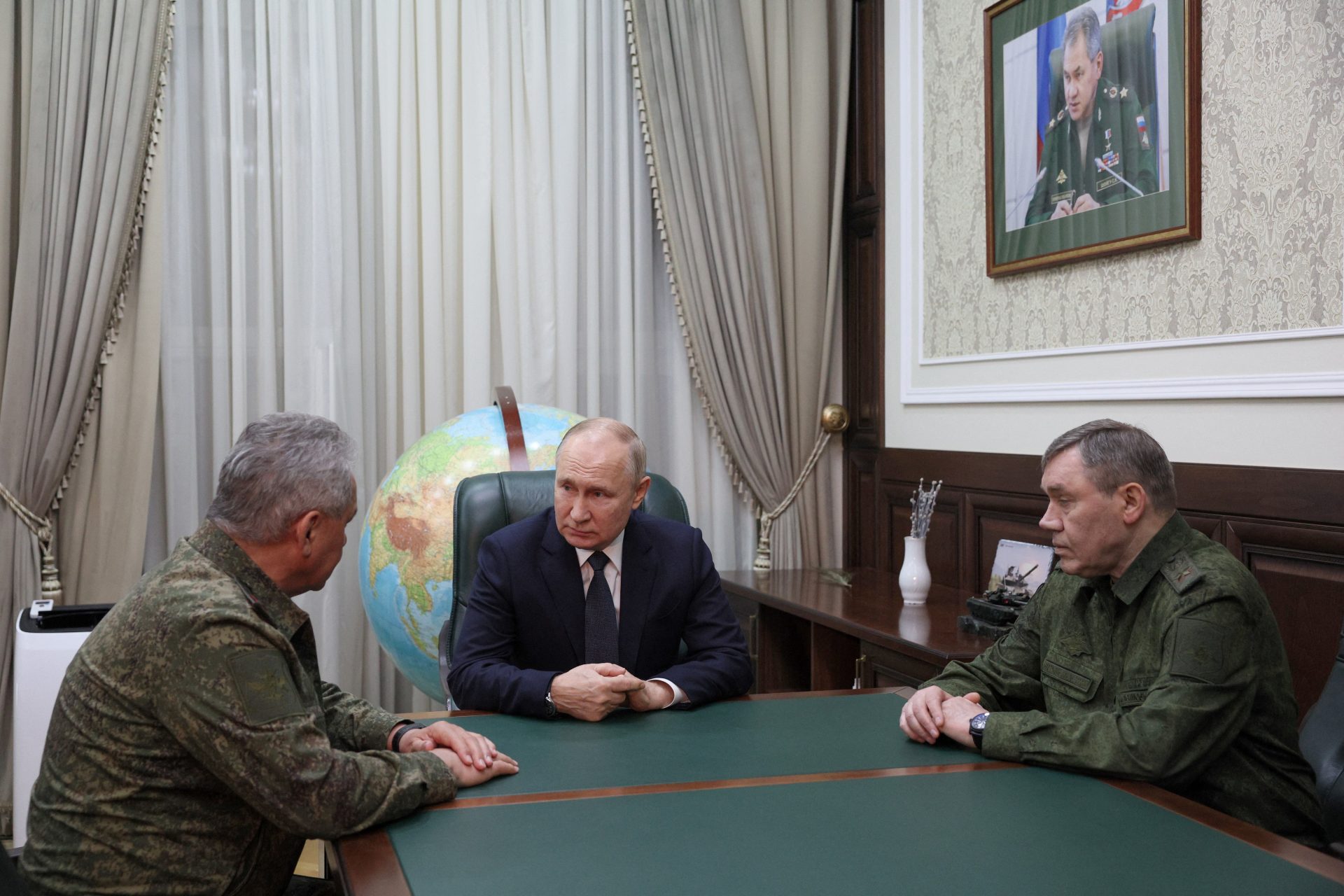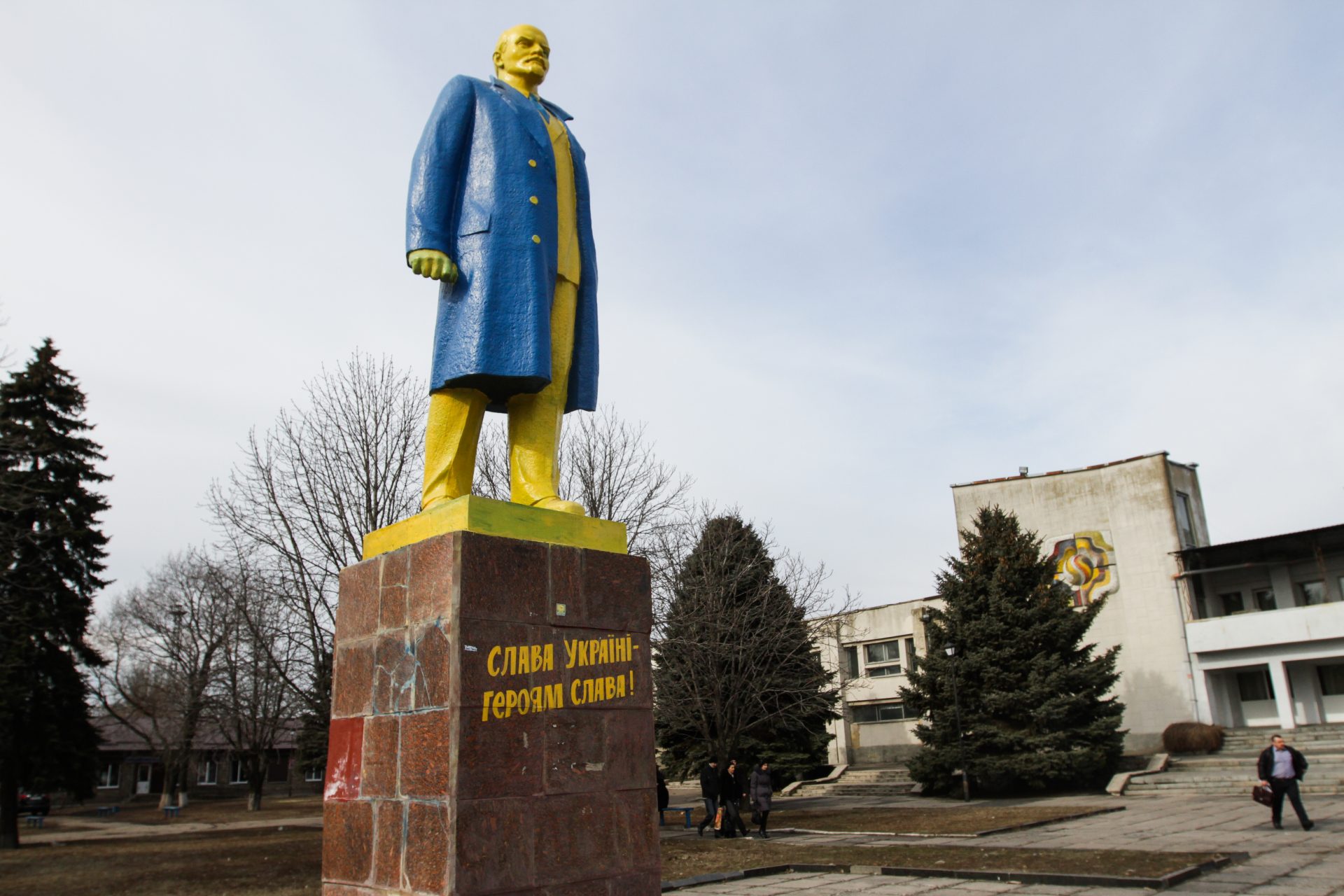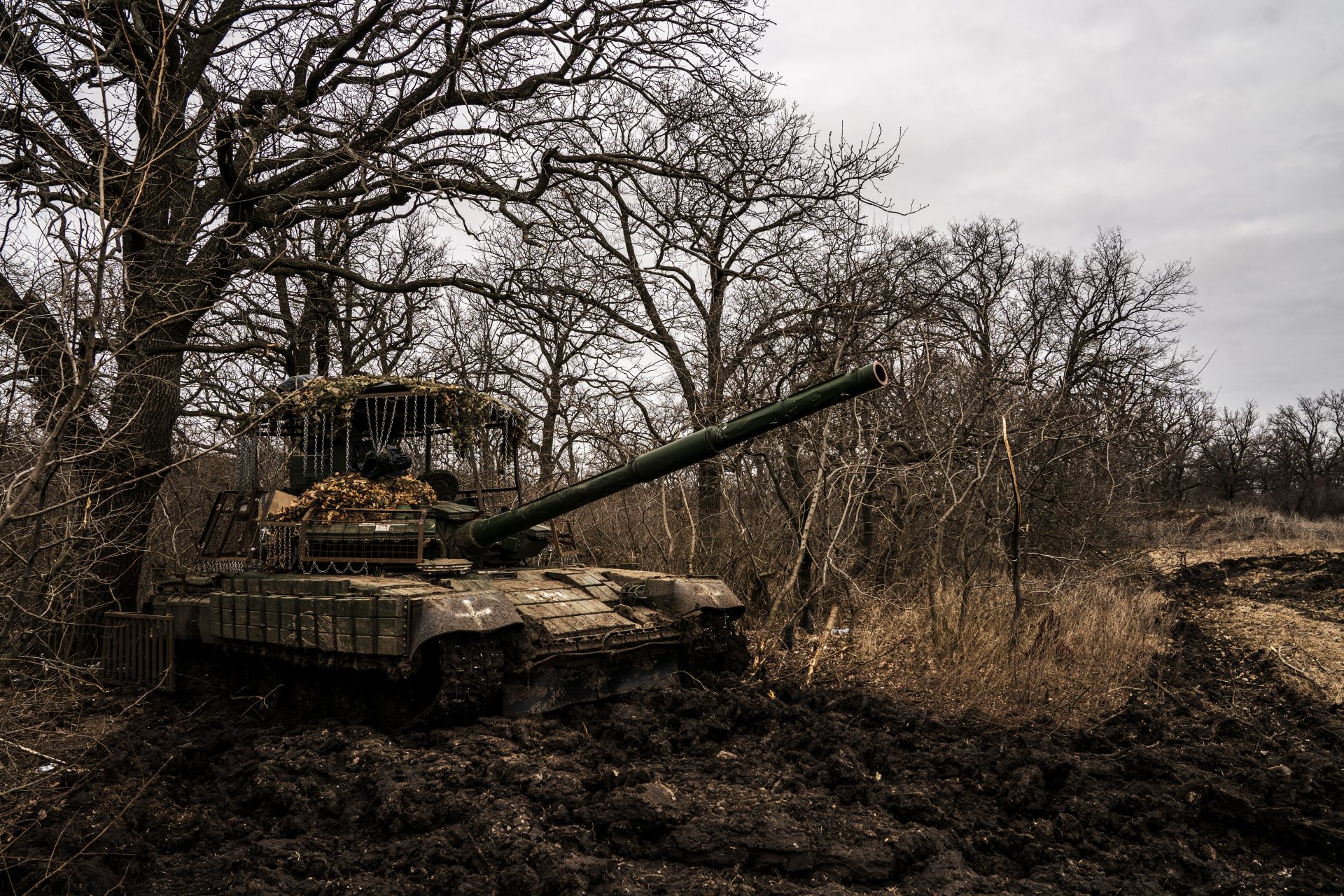NATO is moving air defense missiles to Russia’s border
NATO plans to implement a rotational air defense model in Lithuania have finally started to take shape according to comments from the Lithuanian Defense Minister. The system will be up and running by the end of the year.
“This year, the rotational air defense system will finally become operational, at least part of it,” Arvydas Anušauskas explained at a press conference on March 7th the Lithuanian national news broadcaster LRT reported.
Photo Credit: Wiki Commons By Autorius Augustas Didžgalvis, CC BY-SA 4.0
Anušauskas also revealed that the air defense system would be the U.S. Patriot system and added it was the first time that any Baltic nation would have a rotational air defense force inside of its borders.
“Our goal is to have a rotation similar to the air policing mission. Countries change countries, things move, things come to Lithuania, things go out of Lithuania,” Anušauskas went on to explain to reporters.
“The expectation is that this principle would not be a one-off thing for several months but would cover all of our calendar months and significantly increase our air defense capabilities,” the Lithuanian defense minister continued.
Which countries would be involved in the rotational air defense and which would deploy their air defense systems in Lithuania was not revealed. However, Anušauskas did note the United States would not be involved.
An as-of-yet unknown European country will be deploying one of its Patriot systems to Lithuania according to Anušauskas, and the names of the countries involved would be revealed once the details of the plan are finished.
In June 2023, NATO allied Defense Ministers approved a new generation of regional air defense plans at the alliance’s Vilnius summit following calls from the Baltic states to enhance the region's defenses according to the Lithuanian news website Delfi.
Lithuania, Latvia, and Estonia had previously proposed the rotational deployment of air defense assets from their allies and partners to the region because of their shortfalls in air defenses, UNN reported.
The new plans will allow NATO member states to send their air defense equipment to Lithuania on a rotational basis, meaning each country will protect NATO airspace for a set period, though those details have yet to be released.
“Lithuania has discussed the possibility of air defense capability deployment with Germany, Sweden, the Netherlands, Italy, and Greece, but no specific agreements have been reached yet,” LRT reported.
NATO noted that its new rotational air defense plans would “significantly improve the coherence of NATO’s collective defense planning with Allies’ national planning of their forces, posture, capabilities, and command and control.”
Newsweek reported that several European countries have been warning that a larger war with Russia could be on the horizon for NATO and added that the military alliance is taking steps now to bolster its defenses.
“Lithuania, Latvia, and Estonia have been some of the loudest members of NATO that have urged the Western bloc to prepare for Russia's next offensive in the region,” wrote Newsweek’s Kaitlin Lewis.
In February, an Estonian report from the country’s foreign intelligence service revealed the Kremlin was anticipating that conflict with the West could break out “within the next decade” and warned the West needed to be ready.
"Russia has chosen a path which is a long-term confrontation," the Estonian intelligence chief Kaupo Rosin said according to Reuters. "If we are not prepared, the likelihood of a military Russian attack would be much higher than without any preparation.”
More for you
Top Stories



